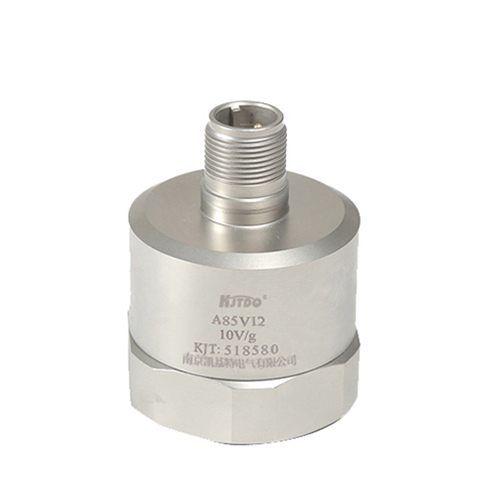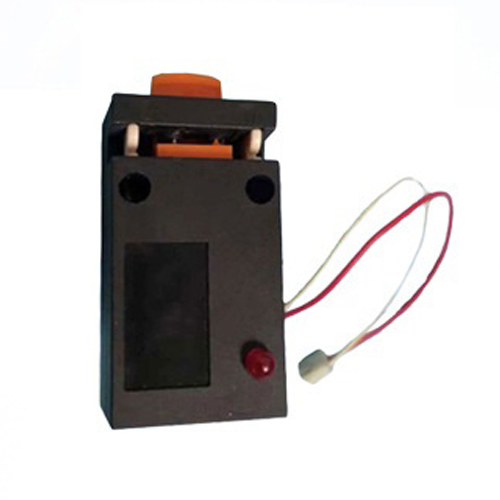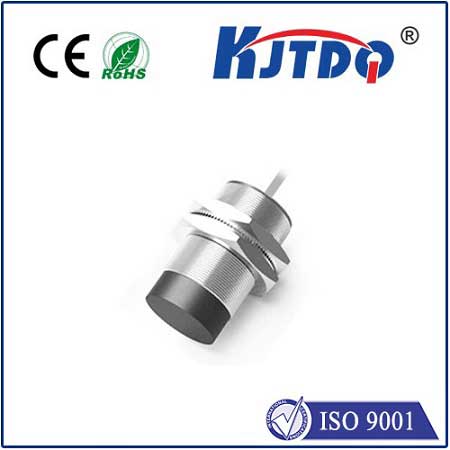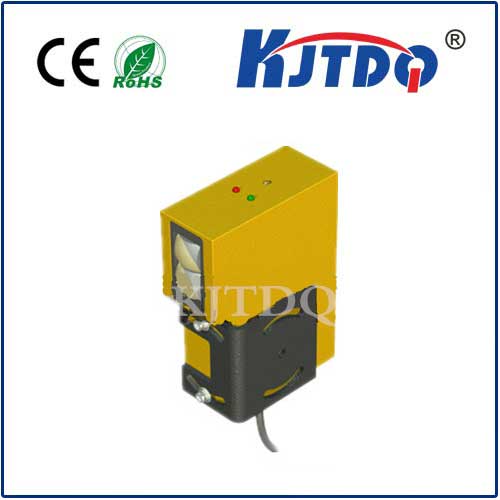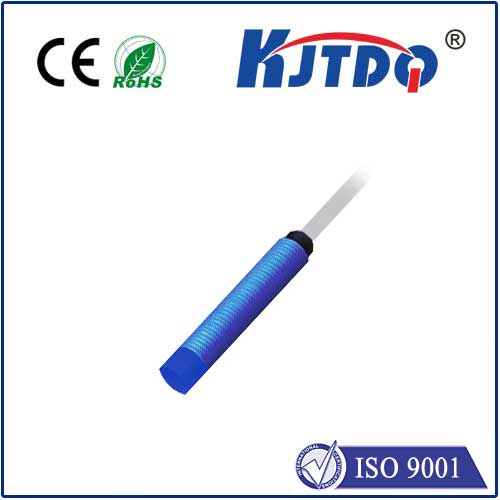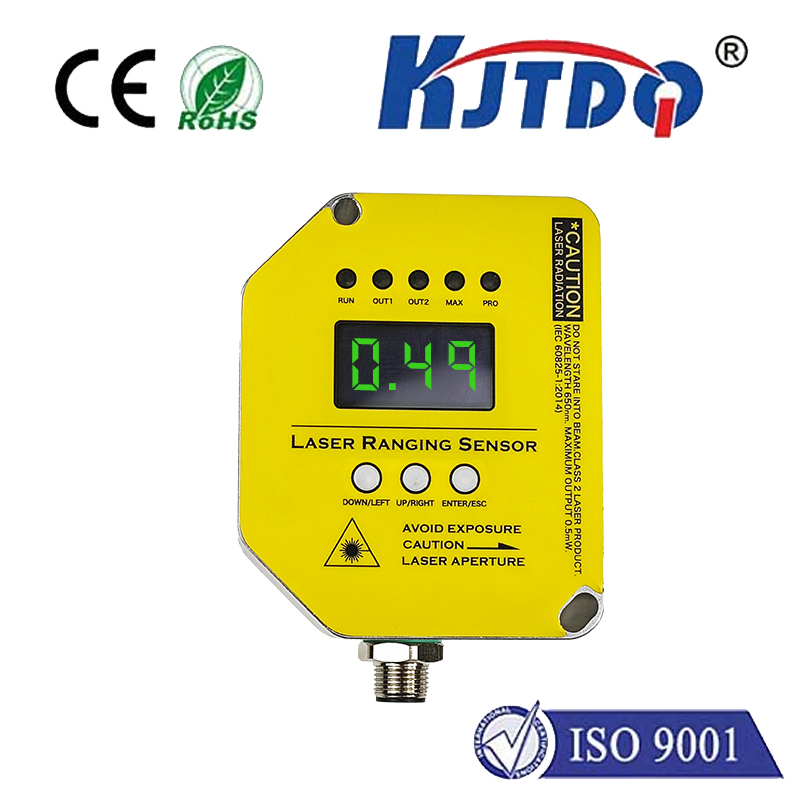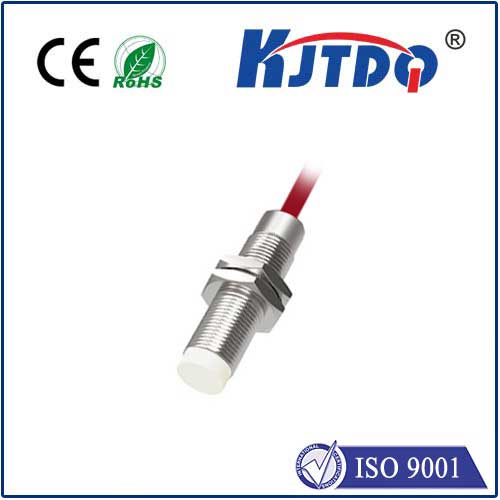KPA28 pressure sensor
- time:2025-09-24 06:32:19
- Click:0
KPA28 Pressure Sensor: Precision Measurement for Demanding Industrial Applications
Imagine a critical system relying on pressure data. A fraction of error, a moment of instability – the consequences could range from costly downtime to catastrophic failure. In today’s complex industrial landscape, robust and accurate pressure sensing isn’t a luxury; it’s an absolute necessity. This is where components like the KPA28 pressure sensor step into the spotlight, engineered to deliver the reliability and precision demanded by modern automation, manufacturing, and control systems.
The KPA28 represents a category of piezoresistive silicon pressure sensors known for their solid-state construction and dependable performance. These sensors translate applied pressure into an electrical signal, typically a voltage or milliamp output proportional to the pressure force acting on a sensitive diaphragm. Widely adopted across diverse sectors, the KPA28 series is synonymous with consistent measurement in challenging environments.

Understanding Core Specifications: What Makes the KPA28 Tick?
Specific specifications can vary slightly depending on the manufacturer and exact model variant within the KPA28 family. However, they generally share these defining characteristics:
- Pressure Range: A significant strength of the KPA28 series is its availability across an exceptionally broad range of pressure scales. You’ll commonly find models covering spans from very low vacuum pressures (e.g., -14.5 PSI) through moderate ranges (e.g., 0-15 PSI, 0-100 PSI) all the way up to high pressures exceeding 10,000 PSI. This versatility makes it suitable for applications as diverse as HVAC monitoring and hydraulic system control.
- Output Signal: Flexibility is key. KPA28 sensors are frequently available with standard analog outputs, including 0-5V, 0.5-4.5V, or 4-20 mA signals. This compatibility ensures seamless integration with most PLCs (Programmable Logic Controllers), data acquisition systems, and standard instrumentation.
- Accuracy: Precision is non-negotiable. Typical KPA28 pressure transducers boast impressive accuracy, often within ±0.25% to ±1.0% Full Scale (FS). This means minimal deviation from the true pressure value across the entire operational range.
- Media Compatibility: Engineered for the real world. The sensing element is usually isolated from the measured media by a stainless steel diaphragm. This design offers excellent compatibility with a wide range of media, including oils, fuels, water, air, and many non-corrosive gases. Selecting the correct wetted materials (like 316L stainless steel) is crucial for long-term reliability with aggressive substances.
- Environmental Resilience: Built to last. Key specifications include a wide operating temperature range (often -40°C to +125°C), robust overpressure protection (typically 2-3x full scale), and high burst pressure ratings. Models also feature low thermal error and excellent long-term stability, minimizing drift over time.
- Electrical & Mechanical: Designed for integration. Standard features include ratiometric output (for voltage models, output proportional to supply voltage), various electrical connections (e.g., MIL-SPEC connectors, flying leads, DIN connectors), and versatile process connections (NPT, G, SAE flare). EMC/EMI protection is also commonly integrated.
Where the KPA28 Excels: Key Application Areas
The KPA28’s blend of robustness, accuracy, and flexibility makes it a go-to solution across numerous sectors:
- Industrial Automation & Process Control: Monitoring hydraulic and pneumatic pressures in machinery, controlling pump systems, regulating process lines (chemical, petrochemical, food & beverage), and ensuring safe tank levels. Reliable feedback here prevents failures and optimizes efficiency.
- HVAC/R Systems: Precisely controlling refrigerant pressures, monitoring filter status, and optimizing compressor operation for energy efficiency and system longevity.
- Automotive & Transportation: Testing and monitoring fuel rail pressure, brake system pressure, turbocharger boost, transmission fluid pressure, and engine oil pressure during R&D, manufacturing, and on-vehicle diagnostics. Consistent pressure data is vital for performance and emissions control.
- Medical & Laboratory Equipment: Used in analyzers, sterilizers, dialysis machines, and gas delivery systems where accurate pressure control and monitoring are critical for patient safety and procedural accuracy (often requiring specific certifications).
- Hydraulic & Test Benches: Providing essential measurement on hydraulic power units, presses, and custom test rigs where high pressures and ruggedness are paramount.
- Water & Wastewater Management: Monitoring pump pressures, filter differential pressure, and tank levels in treatment plants and distribution networks.
Maximizing Performance: Installation and Best Practices
Even the most robust pressure sensor requires proper handling for optimal results. Key considerations for the KPA28 include:
- Mounting Orientation: Ensure the sensor is mounted in a way that minimizes stress on the housing and connection ports. Avoid mounting where the sensor is subjected to excessive vibration or shock.
- Pulsation & Shock: In systems with significant pressure spikes or water hammer, installing a pulsation damper or snubber ahead of the sensor is highly recommended to protect the sensitive diaphragm and prolong lifespan. Ignoring this can lead to premature failure.
- Electrical Connections: Use shielded cable and follow best practices for grounding to minimize electrical noise interference on the output signal, especially for voltage models. Ensure correct polarity for current outputs.
- Media Compatibility: Double-check that the sensor’s wetted materials (diaphragm, O-rings) are compatible with the specific fluid or gas being measured, including its temperature range. Consult the datasheet rigorously.
- Overpressure Protection: While built with overpressure protection, avoid exposing the sensor to pressures exceeding its specified burst pressure. Consider isolation valves for maintenance.
The KPA28 Advantage: Reliability You Can Count On
Choosing a sensor like the KPA28 often comes down to a critical factor: long-term stability and dependability. These sensors are designed for continuous operation in demanding industrial settings. The combination of high-quality materials (like stainless steel construction), advanced manufacturing techniques for the silicon sensing element, and thorough calibration translates into a device that delivers consistent, trustworthy readings year after year. This reduces the need for frequent recalibration or replacement, minimizing downtime and operational costs. In critical systems, this inherent reliability isn’t just convenient; it’s fundamental to operational safety and efficiency.
When the integrity of your pressure measurement is paramount – whether controlling a high-speed production line, monitoring life-saving medical equipment, or ensuring the efficiency of a complex hydraulic system – a transducer engineered to the standards exemplified by the KPA28 pressure sensor provides the essential confidence. Its proven track record, adaptable specifications, and focus on rugged performance make it a cornerstone component for engineers and system designers seeking uncompromising accuracy in even the most challenging environments.






